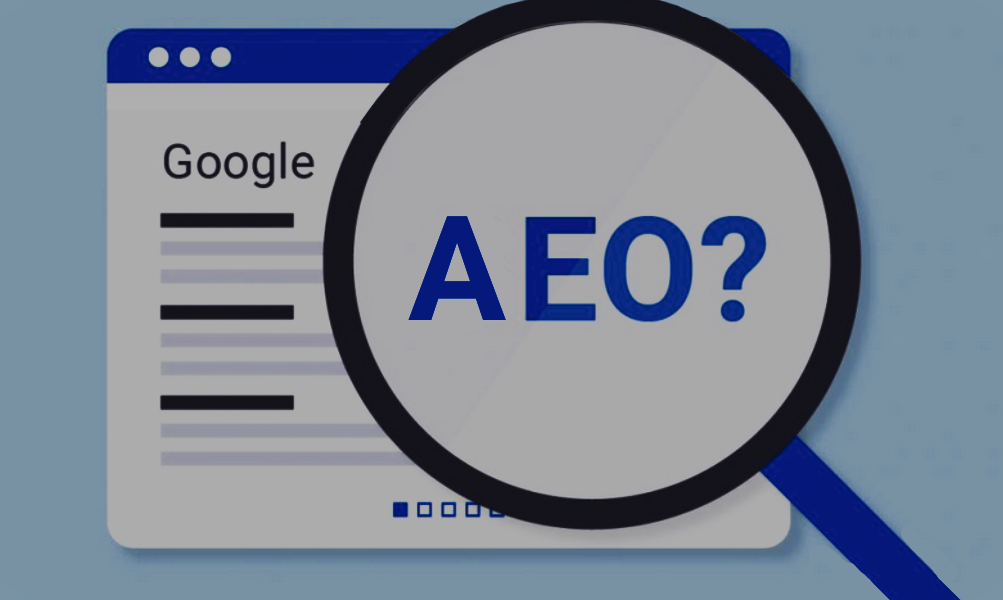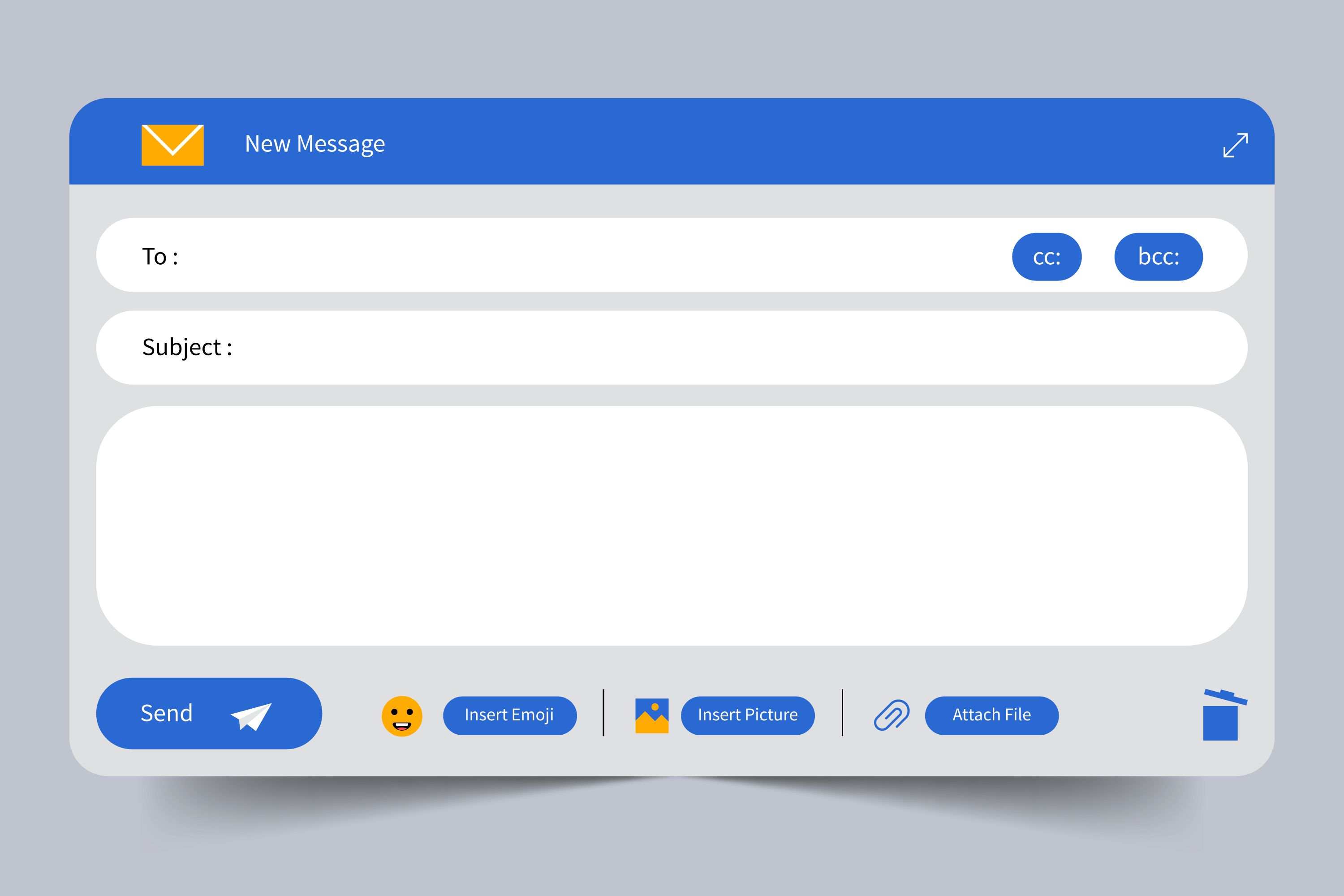
As one of the simplest and most basic classification algorithms in machine learning, we have the K-nearest neighbor algorithm (KNN). K-Nearest Neighbor algorithm (KNN) is a very important algorithm for many different applications like healthcare diagnostics, financial risk assessment, and targeting customers in marketing, etc. which comes under the umbrella of non-parametric, lazy learning algorithms. In this article, we will dive into the nitty-gritty of the K-Nearest Neighbor algorithm (KNN) — get to know its predictive accuracy … etc. + explore some other good properties like Scalability, Robustness against noise, and Explanatory power.
One of the most important measures to evaluate a classifier is prediction accuracy which means how accurately your model predicts correct class labels for new data. K-Nearest Neighbor Algorithm is a nonparametric method; accuracy depends on the choice of ’K', distance metric, and data.
K-fold cross-validation is a commonly used method to evaluate the performance of classification models like KNN. This means dividing the entire dataset into K number of subsets, training on these K-1 subsets, and testing this on leftover subsets. This is the process of K-fold Cross-validation which makes use only once a subset as the test set in an entire interval. This technique allows us to obtain an unbiased estimate of the model performance, particularly for scarce data.
KNN faces challenges in maintaining high predictive accuracy due to noisy and missing data. The nearest neighbor selection can be disrupted by noisy data points so that misclassifications arise. This is where techniques like data cleaning, mean replacement for missing values, and noise filtering come into play.
Model Optimization:
Hyperparameter tuning of K-Nearest Neighbor Algorithm mainly involve the value of ‘K’ optimally. If K has too small of a value, the model may become sensitive to noise. if it is high enough that underfitting results. Grid search: Grid is a very basic idea where you can check in the range of K (0-25, 0–50): This method often fails as it takes time, and generally results are long drawn out also makes this process less efficient having low-quality metricsRandom Search: Random methods provide us with options to use various other configurations, But Still Number of unwanted models created It leads again on above nd grid which makes efficiency Low.
The time complexity of the K-Nearest Neighbor Algorithm becomes a serious bottleneck, especially in real-time applications. For computation, it calculates the distance between the query point and all training samples hence time complexity will be O(n*d) where n- number of training samples d — Number of features This scales well but as datasets expand this price can become prohibitive.
For large datasets, scalability issues happen as the cost of disk access times quickly outstrips CPU processing time. This concern is further aggravated by the fact that KNN’s lazy computation, only occurs when prediction happens.
We can speed up the K-Nearest Neighbor Algorithm with several techniques and data editing methods that reduce the size of training samples, indexing method (KD and Ball tree)) or approximations to get faster distance calculations. These techniques allow KNN to be feasible for large-scale applications by ensuring it is as light on computation.
K-Nearest Neighbor models are also fairly easy to implement, but they come with their own challenges when it comes to handling large datasets. One approach that would work here is using parallel processing and distributed computing environments as K-nearest neighbors require calculating the distance of sample points from all training data available. Big Data platforms (Apache Spark, Hadoop) provide the frameworks needed to implement KNN at scale as it has a built-in scalability issue baked into how K Nearest Neighbor works.
KNN handling noisy data and missing values well refers to robustness in KNN. Although KNN itself does not deal with these problems, methods like data normalization, noise filtering, and imputation can improve its robustness.
In KNN, if there are plenty of irrelevant features that have nothing to do with the classification is poor or they can change distance calculations completely. Recursive Feature Elimination (RFE), statistical tests, etc., for feature selection can prance and peek to recognize non-contributory features making the algorithm more accurate as well as robust.
KNN is good for human-like data sets because it requires virtually no downtime to adapt and grow with the use so its used on streaming applications (like stock market analysis, and network intrusion detection). The techniques include sliding window methods and incremental learning, using which K-Nearest Neighbor can make continuous updates on the model when new data arrives.
The decision boundaries formed by the KNN can be seen through Voronoi diagrams, which split one region into others based on nearest neighbors. The mockup enables the users to learn how an algorithm classifies data points by its proximity.
KNN's simplicity contributes to its interpretability, as the model only relies on distance from training samples when making decisions. Black-box models such as neural networks do not allow practitioners to easily trust or explain so KNN being a non-black-box model is always more trusted and better explained.
As opposed to decision trees, SVMs, and neural networks; KNN is relatively simple hence it is more interpretable. An added advantage of decision trees is their intrinsic interpretability due to the rules produced while with KNN as it's proximity-based one usually provides intuitive insight that can be easily communicated among stakeholders.
KNN performance highly depends upon the distance metric we use to calculate distances. Metrics commonly used are Euclidean distance (for continuous data), Manhattan distance, also referred to as taxicab or grid-based distances (easier defended with well-defined variables and behavior), or Mahalanobis Distance for correlated variables. Each metric has its specificity to what kind of properties we should look for while the algorithm compares how similar two points are.
Return on Investment: You Have Time to work o… by Rudi LeagesIt is necessary to choose a proper distance measure because the prediction of the model depends on it directly. The trivial case here is that for instance, it may be the case with Euclidian distance where in high-dimensional search space due to the curse of dimensionality other metrics like Cosine similarity will suit better.
In particular domains, customized distance measures are frequently employed to optimize KNN. String edit distance, for example, is used as a similarity measure between sequences in text classification tasks while the Dynamic Time Warping (DTW) algorithm employed in time series analysis was created to account for non-linear distortions in temporal data.
K-Nearest Neighbor has a wide range of applications in healthcare including patient clustering, disease prediction, and diagnostics. KNN helps with detecting diseases such as diabetes, heart disease, and cancer at an early age by comparing data from one patient and finding similar cases.
In finance, KNN:– Perform risk assessment | Detect frauds | Segment customers. KNN is also useful for assessing risk in finance, detecting fraudulent transactions, and developing targeted marketing strategies by studying historical data to reveal patterns.
KNN is leveraged in marketing and the retail niche as it can analyze customer behaviour. The applications for this are wide-ranging: targeted advertising, product recommendations, and even customer lifetime value prediction that can help businesses adapt their approach to meet each individual consumer’s needs.
There are several different case studies available showcasing KNN's agility in various domain areas. For example, in the retail sector, KNN has been applied to make predictions about customer preferences and assist with inventory management decisions while it is observed how credit scoring models could develop through certain appropriateness of the claims intended for disparity controls predicting accurately borrower risk.
Simplicity — KNN is very simple and easy to implement, which makes it easier for beginners in machine learning to understand.
Flexibility — KNN is a non-parametric algorithm, meaning there are no assumptions of the underlying data distribution; thus it can be applied to any form of data.
It works for both classifications as well as regression problems.KNN is more versatile because it can be applied to all processing kinds of real-world scenarios.
Specificity to Irrelevant Features: KNN may perform poorly when other features are irrelevant or if there is sufficient noise.
High Computational Cost: Due to the requirement of computing distances from every query point to all training points, KNN is very expensive and it does not scale well with larger data sets.
Because K-Nearest Neighbor is a lazy algorithm, it may be unusable in real-time applications without some optimization techniques.
For example, forward selection, backward elimination, or statistics comparison tests (such as the chi-square test) are often used to feed KNN with more reliable information. These methods enable models to reduce noise and increase accuracy by only focusing on the most relevant features.
Normalization (scaling between ranges Ex. 0 to 1) and standardization (Mean = 0, Standard Deviation= √2/√n for n being number of features in a dataset ) ensure that distance calculations are not dominated by any one feature globally or locally based on proximity calculation framework used since similarity search algorithms heavily rely upon distances derived from such frameworks. When one has features with different units or scales, these techniques become crucial.
It can be combined with other algorithms as well to relax the restrictions KNN method. As an example, if one utilizes K-Nearest Neighbor to cluster couples of data points together and then uses a model with more intensive learning (SVMs or neural networks) for final optimization they can yield much better overall performance.
By taking advantage of recent advances in algorithm optimization (such as approximate nearest neighbor, or ANN search) KNN can be made fast and efficient. The ability to integrate KNN into existing deep learning frameworks provides another path forward for further improving the performance of KNN on complex, high-dimensional problems.
With the transition of data storage and processing to cloud-based solutions, it is necessary to learn how KNN can be adapted for such environments. KNN is not natively designed for Big Data applications, but frameworks taking advantage of parallel processing can improve the situation.
Though KNN is a popular algorithm, its use with high dimensional data and streaming environments continues to be researched. Solving these problems will be paramount to extending KNN's capabilities into modern machine-learning environments.
K-Nearest Neighbor (k-NN) is a canonical algorithm for classification, as it tends to be simple and easy to interpret results from in our application problems. Despite challenges with scalability, noise sensitivity, and computational costs, active research and novel optimization algorithms continue to push the boundaries of their use cases. KNN can adjust to new data environments and use more recent computational techniques, making it likely will remain a part of the future landscape in machine learning.





